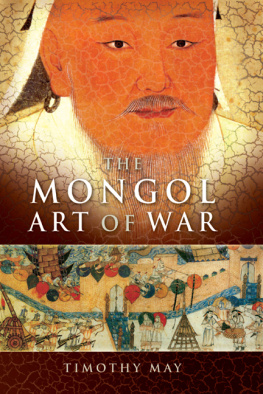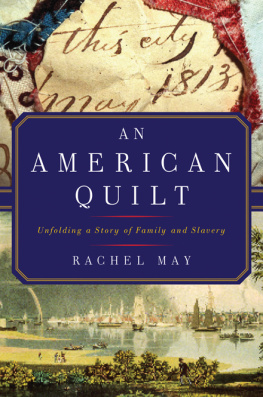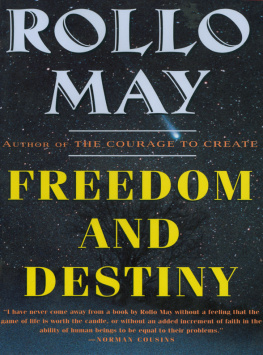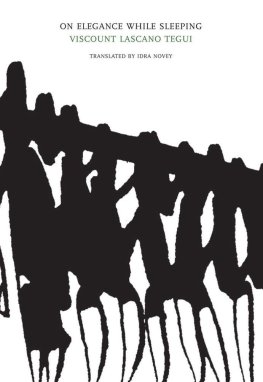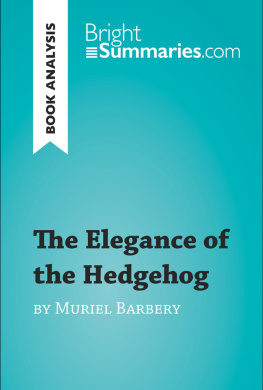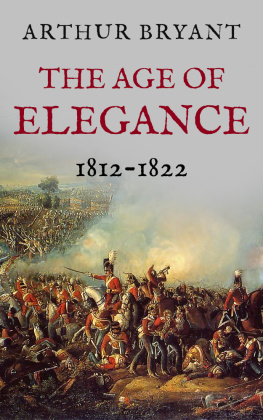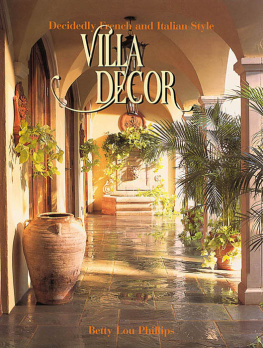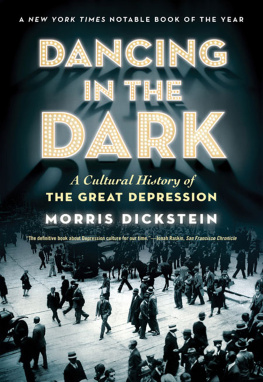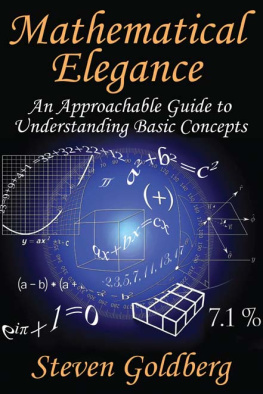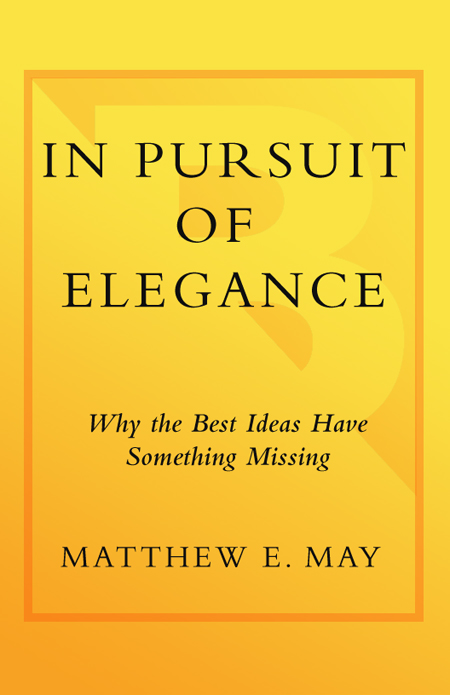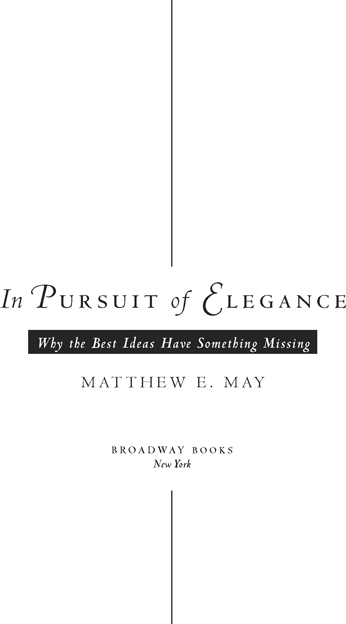PROLOGUE
The Missing Piece
O N SUNDAY, JUNE 10, 2007 , nearly twelve million television viewers in the United States tuned their sets to HBO to watch the final episode of the hit series The Sopranos. The show, which told the story of a modern-day mob boss who runs a colorful crew of only slightly organized criminals in northern New Jersey, had garnered more than twenty major awards over an eight-year period spanning six seasons, including both the Golden Globe for Best Television Series and the Emmy for Outstanding Drama Series. Flush with acclaim previously enjoyed only by network shows, The Sopranos touched off a renaissance of innovative television, positioning HBO at the forefront of the entertainment industry.
The last episode held the promise of being particularly special, as creator David Chase would act as both writer and directorsomething of a rare event since the early days of the show in 1999. Television hadnt seen such ballyhoo and buildup since the Friends finale in 2004. Media critics heralded the end of an era, loyal followers expressed their sadness on their blogs and Web pages, and even the highly respected editorialist Peggy Noonan devoted her entire weekend Declarations column in the Wall Street Journal to the show that (violence and criminal behavior notwithstanding) had so poignantly captured the challenges everyone faces in work and life. In her words, The Sopranos wasnt only a great show or even a classic. It was a masterpiece, and its end Sunday night is an epochal event.
As the hour played out that Sunday evening, everyone waited with anticipation to find out the fate of Tony Soprano. Debates had been raging for the twenty-two months since Chase had announced the final airdate: Would he or wouldnt he be whacked? But instead of receiving a concrete answer to the big question, viewers sat shocked as, during the final seconds of the show, their television screens suddenly went black. Credits rolled within a few more seconds, and The Sopranos series came to an end.
What is so fascinating about the abrupt ending is not the decision itself, although it was unprecedented and broke new ground artistically. Rather, what is most intriguing about the black screen is the thinking behind how it came to be and the aftermath.
The most immediate reactionWhat just happened to my television signal?had nothing to do with the story line, but instead rested on the assumption of electronic failure. Now, such a response may have been predictable in this age of satellite and cable TV, but what is so curious is that everyone had the same reaction: something had gone wrong. Only when the credits rolled and viewers realized that what they had just experienced was actually the ending did they stop and think. And its what occurred over the course of the next few days thats worth noting.
The following Monday morning media coverage was overwhelming, with every major news source weighing in, from the New York Times to CNN. Critics, of course, cried foul and accused David Chase of avoidance, gimmickry, and ulterior motives. (Whatever fate Tony Soprano met would inevitably disappoint some portion of the audience, and ambiguity left open the option for a feature film.) Comedy shows like The Daily Show immediately mocked the event and imitated the act on their own programs. On the viewer side of the street, though, the initial bitter disappointment at being left hanging was quickly replaced by an unparalleled level of postshow scrutiny coupled with a fresh appreciation for the genius of David Chase, spurred by his semi-cryptic public comment that Anybody who wants to watch it, its all there.
Realizing that every scene was carefully crafted by Chase, viewers, aided by their TiVo recorders, reexamined the show frame by frame, noting both blatant and subtle visual clues, soundtrack hints, veiled dialogue, past-show references even nuances like camera angles, color palettes, and lighting effects. Theory upon theory popped up in both online and traditional media. The debate took on a life of its own. Viewers crafted their own endings, filling in the missing scene with the intricate trail of code Chase had provided. To most, Tony Sopranos fate became quite obvious, albeit only through a full retrospective. From the initial uncertainty, at least three different but distinct endings emerged, each with its own camp of believers arguing vehemently for their version.
The point here is that no straightforward conclusion would have engaged viewers with the same intensity and debate. Even if they didnt like it, most critics labeled the final airing of The Sopranos as the creative highpoint of the 2007 season, with many hailing it the most innovative and memorable hour in recent television history. By all accounts, the episode is quite indelible.
But what was the magic behind such dramatic and enduring impact?
The answer to that question may lie in an unexpected place: the words of Chinese philosopher Lao Tzu:
Thirty spokes share the wheels hub,
It is the centre hole that makes it useful.
Shape clay into a vessel,
It is the space within that makes it useful.
Cut doors and windows for a room,
It is the holes which make it useful.
Therefore profit comes from what is there,
Usefulness from what is not there.
David Chases groundbreaking choice to abandon a conventional story resolution certainly granted him the creative freedom to solve several difficult character and plot problems at once with a single stroke. Not only could he tie together seemingly disparate story lines and random scenes, but he deftly sidestepped disappointing a significant share of the audience while achieving even greater viewer involvement. The deeper thought and meticulous attention to detail required to embed subtle clues in every scene pushed him to elevate his art. The utter simplicity of the nothingness of that black screen exacted stunning powerit riveted and seduced the viewer. By leaving the conclusion open-ended, and thus open to interpretation, Chase engaged his audience in an entirely original and altogether different way, one that told his viewers that he respected


